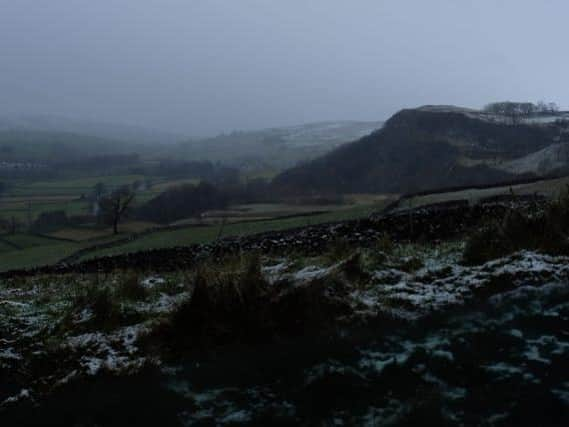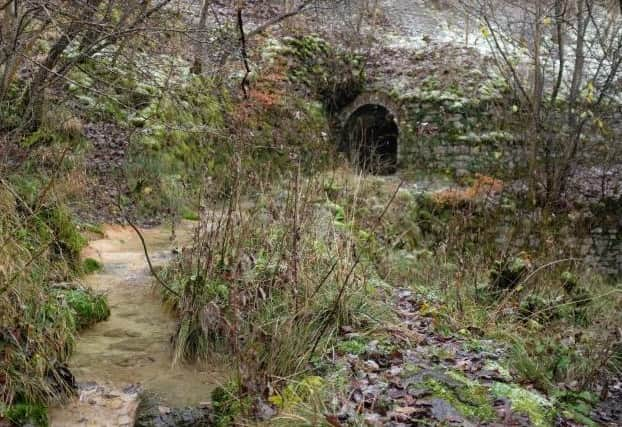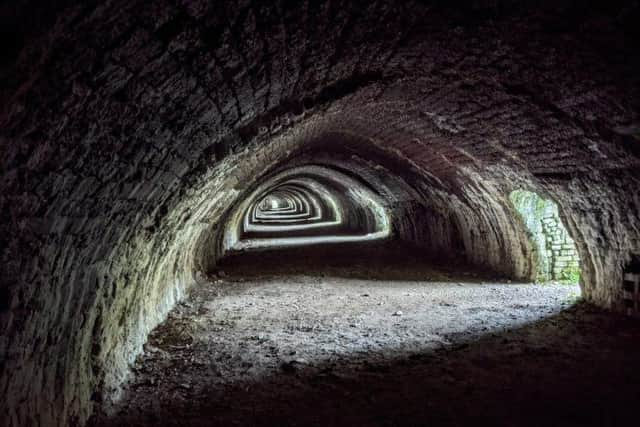How new development of the Craven Limeworks in the Yorkshire Dales will protect the former quarry's industrial heritage


Craven Council has owned the former quarry and sidings - which ceased operations in the 1930s - since the 1990s, when the land was abandoned after being used as a landfill site.
Last month an application to finally bring Craven Limeworks back into use was approved, and a development scheme to convert the area into offices, workshops and light industrial units will now go ahead.
Advertisement
Hide AdAdvertisement
Hide AdThe historic lime kilns will be preserved, as will several Victorian buildings associated with the quarry and the Stainforth sidings, part of the Settle to Carlisle railway line which the lime quarrying industry depended on.


One of the most prominent features of the site is Stainforth Scar, which many people mistake for a natural landscape feature. A farm, Winskill, sits at the top.
“Most people look at that and think it’s a natural cliff. It’s not. It’s a quarry face nearly all the way up to the top,” said the Yorkshire Dales National Park Authority's senior historic environment officer Miles Johnson.
“It’s a pretty vast industrial monument. A colossal amount of stone was burned here. It’s had various uses since it stopped being a limeworks. There was a recycling centre here for many years and a part of the quarry floor is not accessible because it was used as a landfill site in the 1970s and 80s.
Advertisement
Hide AdAdvertisement
Hide Ad“The National Park Authority has been involved in managing part of the site for upwards of 20 years and been involved in thinking about its future for even longer than that."


The natural 'rewilding' process allowed species such as bats, bee orchids, peregrine falcons and the notorious cave spider to proliferate in the absence of human activity.
“The Authority has always taken the view that it’s been a ‘discovered site’. We have had some interpretation here and a trail for about 15 years, but basically we made a conscious decision not to promote it. But the new developments here will change the numbers of people visiting,” added Mr Johnson.
The Hoffman Kiln is the most impressive remnant of the quarry's past, alongside traces of the old tramway.
Advertisement
Hide AdAdvertisement
Hide Ad“Looking from the north end of the kiln to the south end on one side, and you can see 10 entrances with shafts of light coming through each. The shafts of light illuminate the arching. In between, you’ve got strips of darkness. Just from an artistic sense, it’s amazing to look down. But for me, it’s also, I suppose, the sense of people’s experiences of it in the past that makes it special.
“It’s quite pleasant space to be in now but while it was in use it was probably absolutely grim. Lime is really nasty, caustic stuff to work with. The lime burners who worked in here had to cover every inch of their body with rags and clothing to try to keep the lime dust out.
"When lime dust meets moisture or water it reacts and generates a lot of heat. So if you’ve got lime dust on your body, and you’re shovelling and starting to sweat, then you’d start to blister and burn quite quickly. The limeburners’ hair would turn ginger.
“There’s not another experience quite like this in the Yorkshire Dales. We’ve got a lot of very special industrial monuments, particularly with the lead industry, and there are some amazing underground places as well, but as a place that’s easy to access, I don’t think there’s anywhere quite as good as this.”
Advertisement
Hide AdAdvertisement
Hide AdThe cave spiders have colonised the kiln, placing their egg sacks around the holes where coal was once dropped in.
“Cave spiders are not for everybody. But you know, I don’t think they’re particularly interested in people."
Previous visitor surveys have produced low footfall figures despite the spectacular environment.
“It does get a steady trickle of visitors - more so on weekends and interestingly at times like New Year’s Day, Boxing Day, that kind of thing. We don’t know whether 20 per cent more people will come after the development, or 500 per cent more, which is why the management plan is in place to conserve the site.”